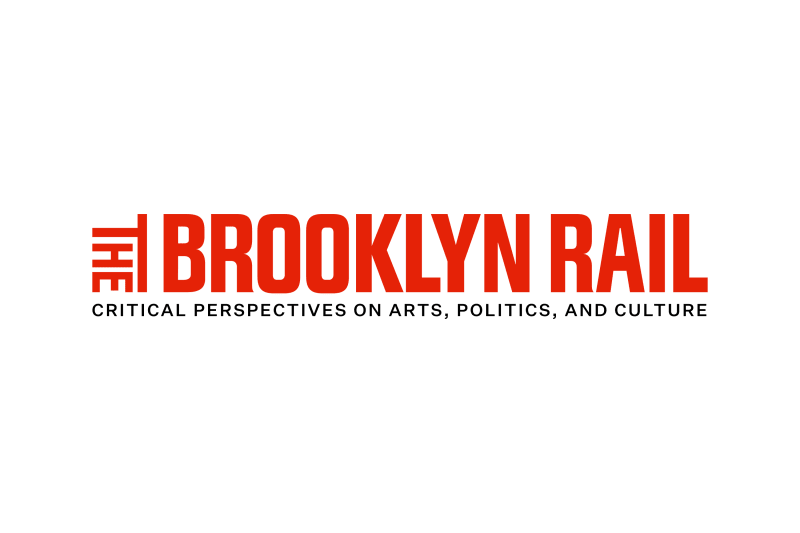Over the past four or so years Luke Diiorio has been advancing a unique statement about the possibilities of both non-objective painting and object-oriented art in our present moment. While much has been made of the supposed resurgence of work coming out of the legacy of minimalism, Diiorio is one of the few actively pushing forward the concerns of that particular genre. One such is addressing the real world effects and experiences of light and color, instead of, as other contemporary artists have, using reductive form to get at issues distant from the concerns of historical minimalism, such as the spectatorial conditions specific to the digital era.
While he engages with a diversity of ways of working, and indeed mediums, Diiorio’s signature technique is the methodical folding of sections of the canvas to create successive bands. Always architectonic in nature, in earlier works these bands appeared more closely referential to fabric, evoking pleats, among other things, in their sartorial drooping and draping. From the beginning this consistency has rendered his work legible in serial repetition, and thus in statements made by a group of works as in the individual paintings.
In his latest work, currently on view at Pippy Houldsworth Gallery in London, the basic logic throughout is premised on the notion that the physical manipulation of the work’s material components is sufficient to create a compelling painting. Their reference to the built environment has become even stronger, with the bands here tightened up to appear even more structural and uniform, losing some of their organic valences to become brick or plank like. This uniformity provides Diiorio, as it always has, with a system of sorts within which to work, here exploring color. While his work has never excluded color, it takes on new urgency and specificity in these recent paintings. In these, the stepped bars that make up the painting function as a kind of container for color.
Every bar of each of Diiorio’s paintings—first gessoed so as to tint the natural off-white color of the raw canvas—presents him with the opportunity to lay down a band of unbroken, monochrome color. This color is itself cut with beeswax, at a low enough level not to conjure up associations with well known purveyors of the encaustic technique, like Jasper Johns and Brice Marden; it instead increases the sensation of the paint as dense and saturated, and gives it a subtle, changing play of light over the surface as the viewer moves around the work.
Color is only allowed to enter a painting if it follows this strict system, yet this does not so much limit Diiorio’s formal decisions as it does focus them, allowing us to perceive subtleties we might not otherwise experience. For example, the way that the divots between each band allow for shading to enter the work, through the slight shadows cast by one band subtly hanging over another.
However this, like much of what is present in Diiorio’s work in general, operates at a very subdued level, enabling us to, for example, compare one color to another, and inaugurating a slow tempo of visual movement up and down from one band to the next. Reinforced by the tight hang of the works at Pippy Houldsworth, where they are placed cheek to jowl, the canvases’ pigmentation rises and falls, bar by bar, like the volume control on a stereo. In some works the luminosity is dialed up to almost 100% saturation, as in a yellow work where all but the top two bands are painted in a popsicle shade. The same is true for a work executed in alternating shades of chocolate, which escalate up the ladder of Diiorio’s bars, nearly hitting the top of the canvas. Other works barely register a coloristic intervention: one with a single band of mint green, or another with only a blue and a brown band.
These optical interactions between individual bars of segmented color give rise to the kinds of abstract responses that only non-referential paintings can engender—feelings such as weightlessness, or alternately heft, which evolve and change as the viewer assesses them one by one, and one against another. Here, Diiorio has thus managed to both introduce an increased level of painterliness and to also highlight the works’ objecthood. While Diiorio is far from being a modernist, temporally distant as he is from the tradition, he is nonetheless advancing considerations of the concreteness and fugitive nature of color and light in ways that feel both eminently relevant and tied to art history.

